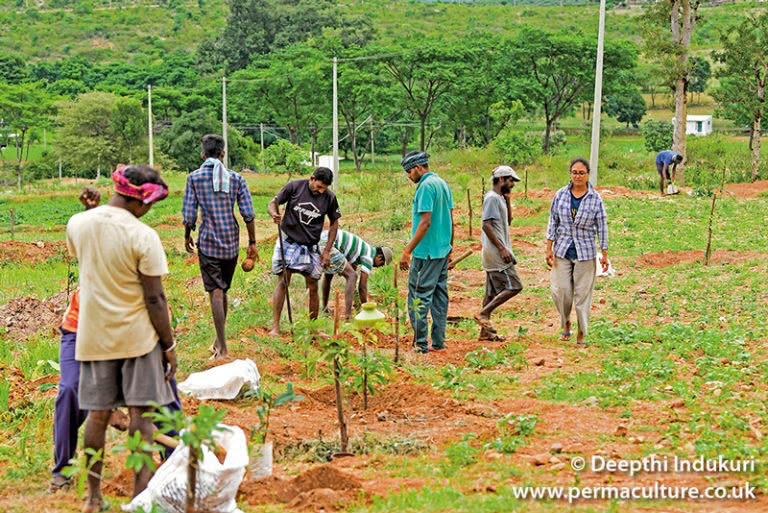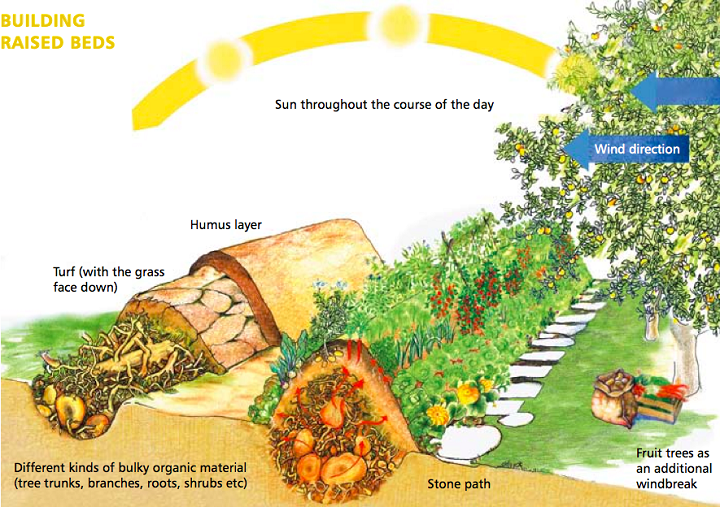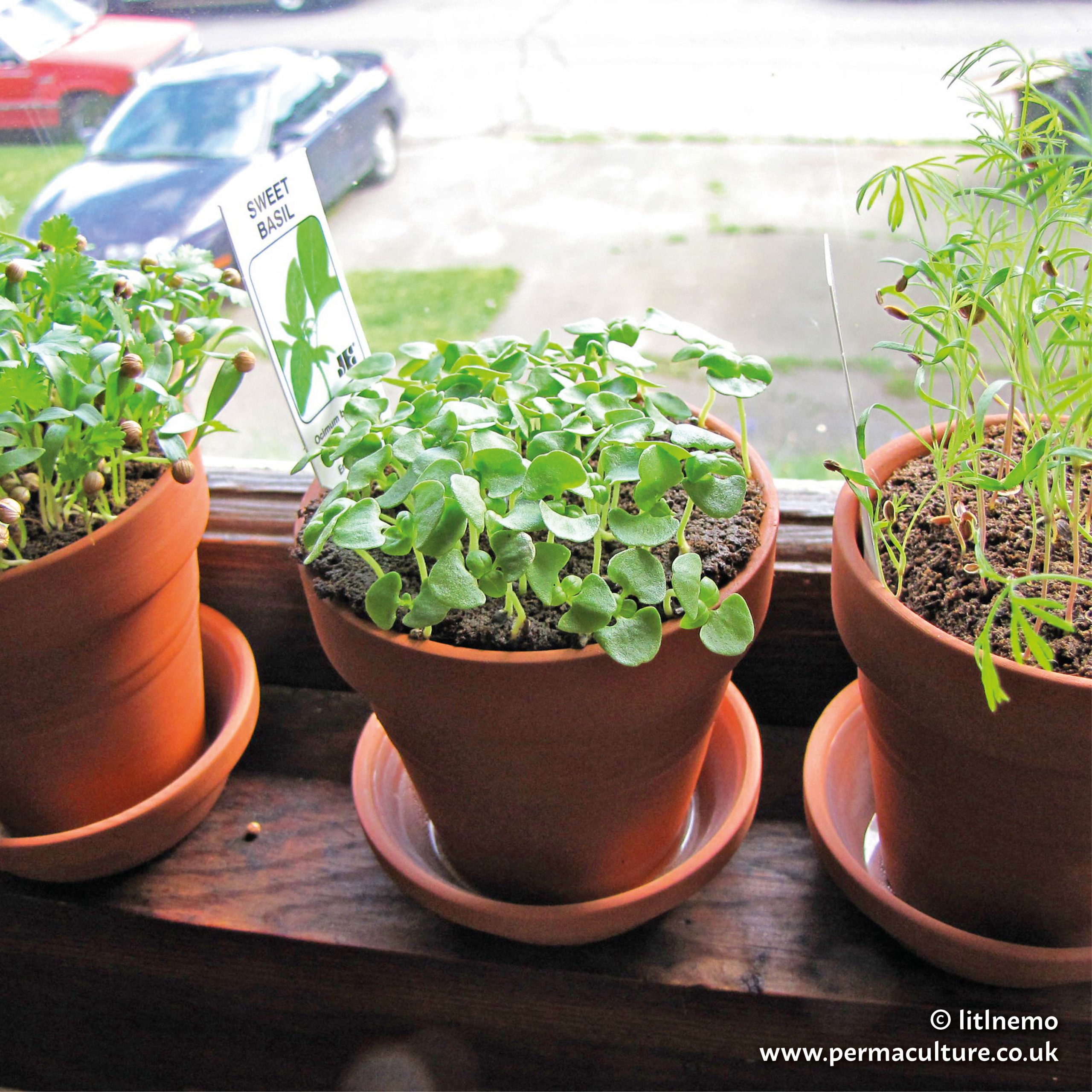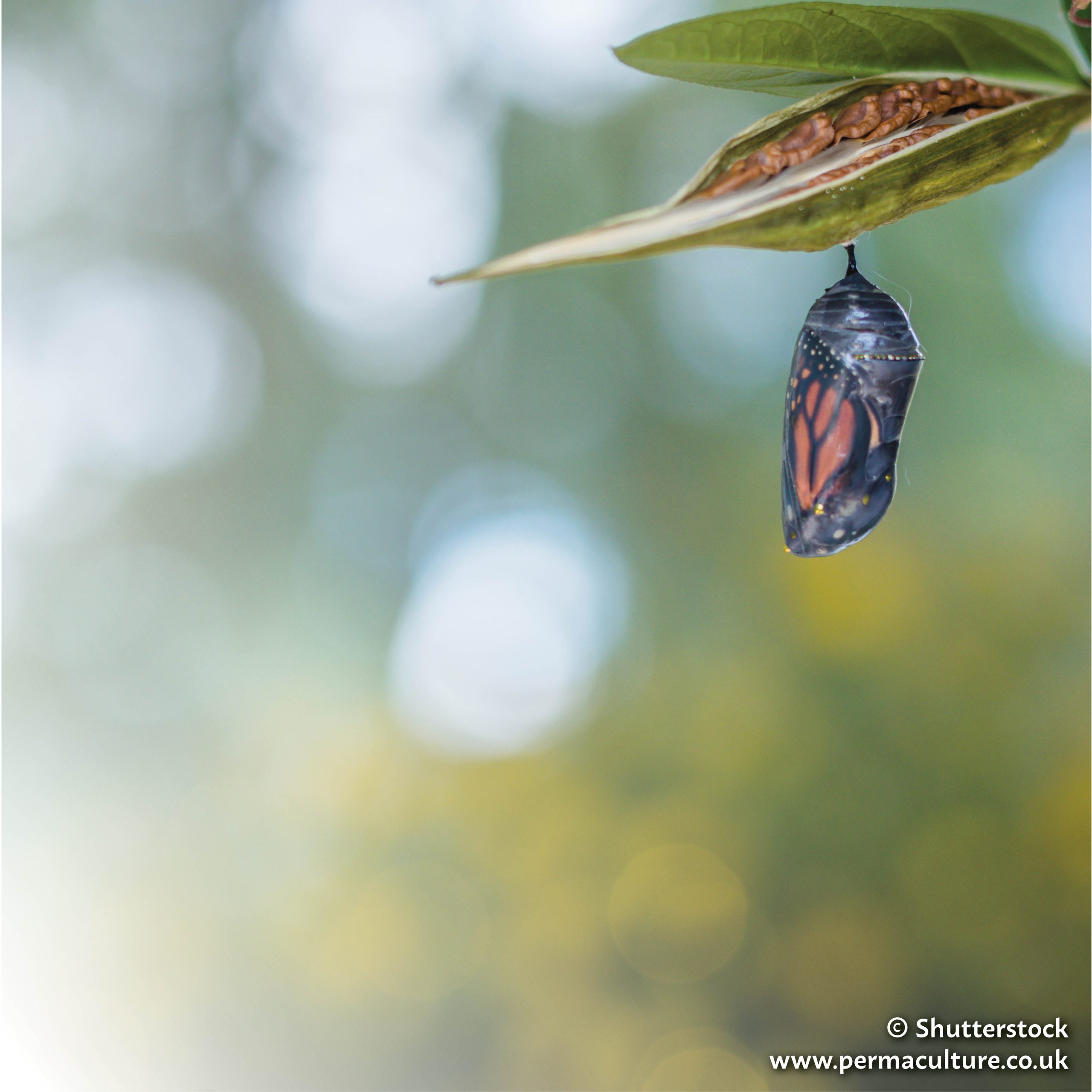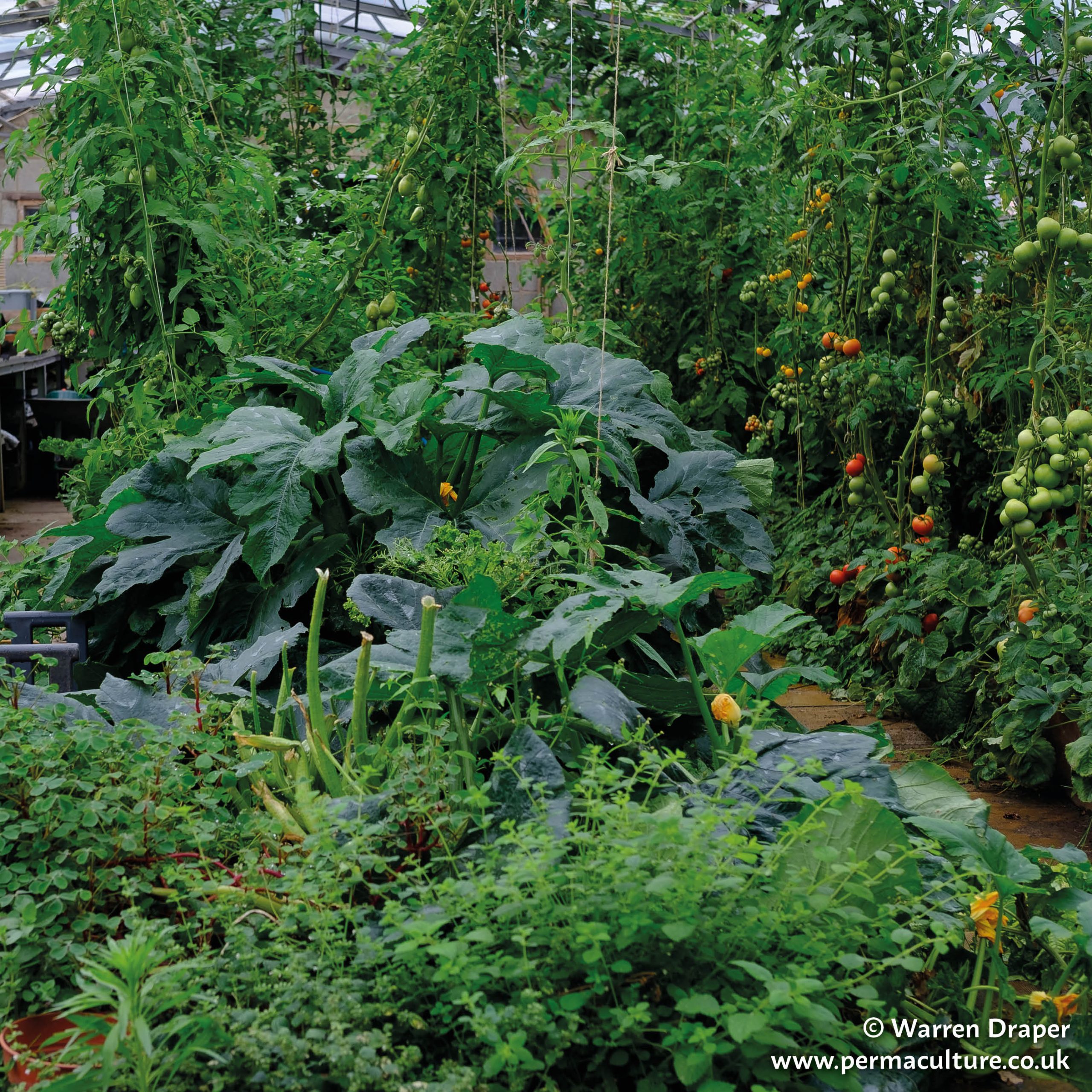Fermentation with either wild or added yeast both transforms and preserves fruits. Fermented drinks don’t have to be especially alcoholic. My favourite use for it is to fizz up drinks like elderflower champagne and sparkling apple juice, often using the fruit or flower’s own natural yeasts. The keys to fermentation are: an acid environment, either provided by the juice itself or with an additive like lemon juice; sugar, either from the fruit or added; and yeast. Many fruits and flowers naturally have yeast on them, attracted to the sugar in the nectar or the fruit, and for mild ferments this wild fermentation can usually be relied on. I once had a bottle of apple juice ferment naturally and kept the culture going for several years simply by topping up with more juice. This kind of fermentation knocks out some sugar and adds a sparkle, turning something okay into something spectacular. For stronger ferments, cultured yeasts are usually added, to deal with the stronger concentrations of alcohol. The eventual potency of a brew depends both on the amount of sugar present and the strength at which the yeast poisons itself and stops working. For cider, baker’s yeast will do; for wines or nettle beer, wine and ale yeasts that can tolerate higher strengths are needed.
Whatever you are making, don’t look down on the lees, the layer of yeast and fruit cells left at the bottom once the main product is racked off. I keep a bottle of it next to the cooker as a ‘secret ingredient’ for soups, stews and curries. I use a small amount at a time to add ‘bass notes’ rather than as a main flavour, but it keeps forever since the liquid it is in oxidises to vinegar.
Fermenting bin: made of food-grade plastic and with a tight-fitting lid with a small ventilation hole in it. Alternatively, use any food-grade container, with the top covered using a securely attached plastic bag to allow expansion without letting flies in.
Cotton wool is used to fill the neck of a bottle or hole in a lid where you want to allow gases to escape without letting fruit flies in for a short while.
Demijohns (also known as carboys) are one-gallon (4.5l) glass vessels used as standard for fermenting and maturing wine. They can be made of clear glass, which makes it much easier to see what you are doing when siphoning the wine, or dark glass which protects red wines from being bleached by light.
A bag made from fine cloth, such as muslin, is used to filter the pulp out of the liquid when it is transferred from the bin to the demijohn. A funnel is also helpful at this stage.
An airlock goes in the top of the demijohn while the wine is fermenting. It allows CO2 to bubble out while preventing oxygen or flies from coming in. Oxygen will oxidise the alcohol to vinegar.
Bungs, made from rubber or cork, are needed to seal the demijohn while the wine matures.
A rubber or silicone tube is used to siphon wine between containers without getting lots of oxygen in it.
Modern screw-top wine bottles can be re-used and work very well. If you’re a traditionalist you’ll need to buy corks and a corker.
For all wines
2-4kg (4.4-8.8lb) fruit, depending on intensity of flavour – less for strong-tasting fruit like elderberries and more for milder fruit like apples. Substitute up to 400g (14oz) raisins for fruit to add body and smoothness if desired.
4.5l water
1.1kg (2.4lb) sugar
Wine yeast. Different yeasts give the wine a different character. In general, choose red wine yeasts for red fruit and white for light-coloured fruit.
Yeast nutrient. Contains certain essential nutrients for the yeast. Add according to the manufacturer’s instructions.
Steriliser: Campden tablets or 10% potassium metabisulphate solution (PMBS). These kill the wild yeasts from the fruit and the air. It is possible to leave this out, allowing wild yeasts to carry out the first stages of fermentation while the more alcohol-tolerant wine yeast takes over for the later stages, but it is riskier.
For some wines
Pectolase. Pectin helps jam to set, but it can make wine cloudy. This enzyme breaks it down. Use for high-pectin fruits such as plums, apples, currants, rhubarb and their relatives.
Citric acid or juice of two lemons. Yeast works best at a pH of 3-4. Most fruits are naturally quite acidic, but ones which are not, such as cherry, apple, pear, elderberry and rowan, can be acidified.
Precipitated chalk. Some fruit, like rhubarb or raspberry, can have too much acid. The acidity can be reduced with small amounts of precipitated chalk.
Tannin tablets or extra-strong tea (not including the tea leaves). Most fruits have tannin in them. It is the substance that makes your mouth pucker when you drink over-brewed tea or eat fruit like damsons or sloes. Tannin levels usually decline as fruit ripens. Some of it improves a wine, but not too much! It can be added to fruit that is low in it, like rhubarb, strawberries or whitecurrants.
Day 1 – steeping
This step draws the flavour and sugars out of the fruit and into the liquid. An alternative to steeping is to juice the fruit; the juice can be fermented immediately, diluting if required for taste and adding pectolase and acid as necessary.
Wash the fruit and chop it into pieces if it is larger than berry size.
Place the fruit (and raisins, if using) in a clean fermenting bin.
Boil 2l of water and pour it over the fruit. Stir or mash lightly, cover and leave to cool to room temperature.
Add 1 crushed Campden tablet or 1tsp of PMBS.
Add 1tsp of pectolase to high-pectin fruits.
Cover and allow to steep for 24 hours. The result is called the ‘must’.
Day 2 – beginning fermentation
Yeast is generally bought dried and should be ‘reactivated’ before adding to the must to get a fast start and outcompete wild yeasts. The must is then fermented in a fermenting bin until the process slows sufficiently to be transferred to a demijohn.
Boil 200ml of water and cool to lukewarm in a sterilised bottle.
Add 1 sachet or 1tsp of wine yeast and 1tsp of sugar and swirl gently. Stop the bottle with cotton wool and allow the yeast to rehydrate for 20 minutes.
Boil 2l of water and dissolve 1.1kg of sugar in it. Stir into the must.
Add 1tsp of citric acid or the juice of two lemons to non-acidic fruits. Alternatively, test the must with pH paper and add acid/juice to obtain a pH of 3 or 4. If the pH is lower than this, add precipitated chalk to bring it into the optimum range.
Add 1 tannin tablet or 1tbsp of extra-strong tea to low-tannin fruits.
Allow the must to cool to room temperature.
Stir in yeast nutrient.
Stir in the rehydrated yeast. Put the lid on the fermenting bin, with a little cotton wool in the hole in the lid. Leave the bin in a warm place for about 12 hours.
Open the bin and stir again. By this time the must should be showing some signs of fermentation. It should be bubbling and the pulp will be pushed to the top of the liquid. Leave for another 12 hours.
Next 4 – 14 days – main fermentation
Stir twice a day and keep an eye on how the fermentation is going, replacing the lid in between times. Once most of the sugar is used up, the must will stop bubbling and the fruit will sink to the bottom. It is now ready to be moved to a demijohn.
Finishing fermentation
Strain the must through a fine cloth bag into a sterilised demijohn, using a funnel.
Top up to the ‘shoulder’ of the demijohn with cooled, boiled water.
Add a bung with an airlock.
Pour a little water or PMBS solution into the airlock.
Leave in a dark place (or use a demijohn with dark glass), especially for red wines.
This is the fun part, as CO2 produced by the yeast bloops away through the airlock. Fermenting demijohns make engrossing pets. Over a period of weeks or months, fermentation will stop, the bubbles through the airlock will cease and the fruit and yeast cells suspended in the wine will settle out, forming a layer called the ‘lees’ at the bottom. The wine is now ready for racking and maturing.
Once fermentation has stopped and the wine has cleared, ‘rack’ it by siphoning the wine into a new, sterilised demijohn, leaving the lees behind in the old one. Replace the airlock with a solid bung. You may need to rack the wine again if you get some lees with the wine, but don’t do it too often as each racking allows oxygen into the wine. Allow the wine to settle thoroughly again and repeat the process. You can drink the wine as soon as it is clear or leave it to mature, in a cool dark place, for as many months or years as you can wait.
When you are ready, siphon the wine into sterilised bottles. Sláinte!
—
This is an extract from Alan Carter’s A Food Forest in your Garden, an informative guide for anyone wanting to create a forest garden, large or small. Packed with details on creating your own productive, edible paradise with multiple layers.
Alan studied forestry and has worked variously in forestry, gardening, conservation and greenspace management. He has been writing and teaching about forest gardening since 2011, having spent many years experimenting with it in his allotment in Aberdeen.
